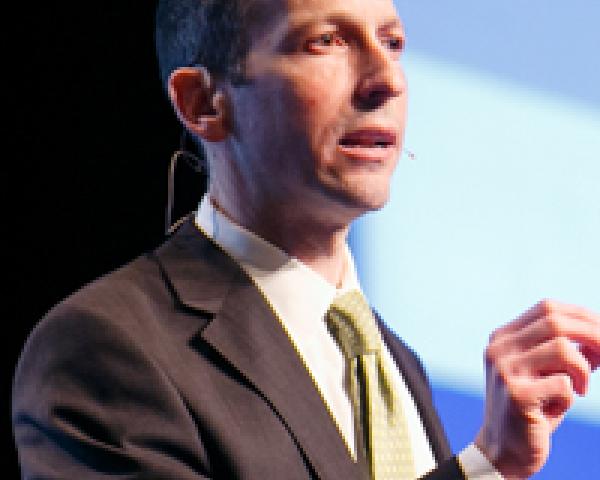While executives have come to understand that happy employees mean satisfied customers, they often miss the other side of the coin. Poor customer experience creates a toxic environment for employees.
Are you trying to create a great customer experience in your organization? If you’re focusing on your customers to accomplish that, then you’re already missing half the story.
That’s because the quality of a company’s customer experience is inextricably linked to the quality of its employee experience. Over the long term, you can’t deliver a great customer experience unless you have employees who are engaged, inspired and equipped to do so.
For many people, this concept makes intuitive sense. After all, if you’re a customer, a good part of the experience you have with a business will be shaped by the staff with whom you interact. If employees are happy and engaged in their jobs, that sentiment will inevitably bleed into their interactions with customers. The staff will be more positive, more solicitous, more helpful—and customers will notice the difference.
What’s often overlooked, however, is that the relationship between employee engagement and customer experience is bidirectional. Yes, engaged employees tend to deliver a better customer experience. But a better customer experience also tends to create more engaged employees.
Here’s why. Imagine working in the call center of a business that has a horrible customer experience. Nearly every call you take is a complaint—a customer who’s frustrated, annoyed and lashing out because the company has failed to deliver on its promises. Every time that phone on your desk rings, you look at it with trepidation, knowing that, when you pick it up, you’ll likely be the target of another dissatisfied customer’s ire.
See also: New Customer Decision Models
Do you think you’d like that job? Would it engage you, make you happy, propel you out of bed in the morning? Probably not.
No matter how many cool perks might come with the assignment, there’s no getting around the day-to-day agony of having to repeatedly deal with angry, unhappy customers. It literally saps the engagement and energy from even the best-intentioned employees.
Now imagine the other end of the spectrum, working for a company whose customers are consistently satisfied—if not impressed—with the products and services they receive from your firm. Sure, even an organization like that will have its share of customer experience failures that employees need to address. But those would be exceptions rather than the norm, making for a much healthier work environment.
Instead of cringing every time the phone rings or a customer approaches, employees would be able to adopt a more positive and constructive stance. Instead of shrinking from customer interactions, they would lean into them with enthusiasm. Instead of focusing on defense, they would focus on delight.
Executives often don’t fully grasp how toxic a poor customer experience can be to their employees (let alone their customers).
Keep in mind, it’s usually not the employees who are principally at fault for a poor customer experience. Their best efforts are constrained by the systems, processes and workplace infrastructure in which they operate.
Consider, for example, how much better a call center representative’s job is when the longest call waiting rarely exceeds a couple minutes. Or how much better a claim adjuster’s job is when policyholders aren’t surprised by “small print” coverage terms. Or how much better an agents' job are when they don’t have to spend hours helping customers decipher unintelligible premium and policy notices.
These are just a few examples of common customer experience friction points whose negative influence can be felt not just among customers but employees, as well.
It’s important to understand the bidirectional relationship between customer experience and employee engagement because it truly amplifies the value of customer experience excellence to any organization. The impact of experience enhancements, and the return on such investments, must be considered in a more holistic context.
See also: Much Higher Bar for Customer Service
Yes, a better customer experience helps raise policyholder retention, increase cross-purchase rates and boost revenues, among other benefits. But it also improves employee engagement, which triggers a whole host of additional benefits, such as reduced staff turnover, lower absenteeism and higher productivity, just to name a few.
It’s for this reason that the economic calculus around a great customer experience is far more compelling than many organizations recognize.
Happy, engaged employees help create happy, loyal customers who, in turn, help create happy, engaged employees. The value of this virtuous cycle cannot be overstated, and it’s why the most successful companies appreciate—and act on—both sides of the equation.
The original article was published here.


